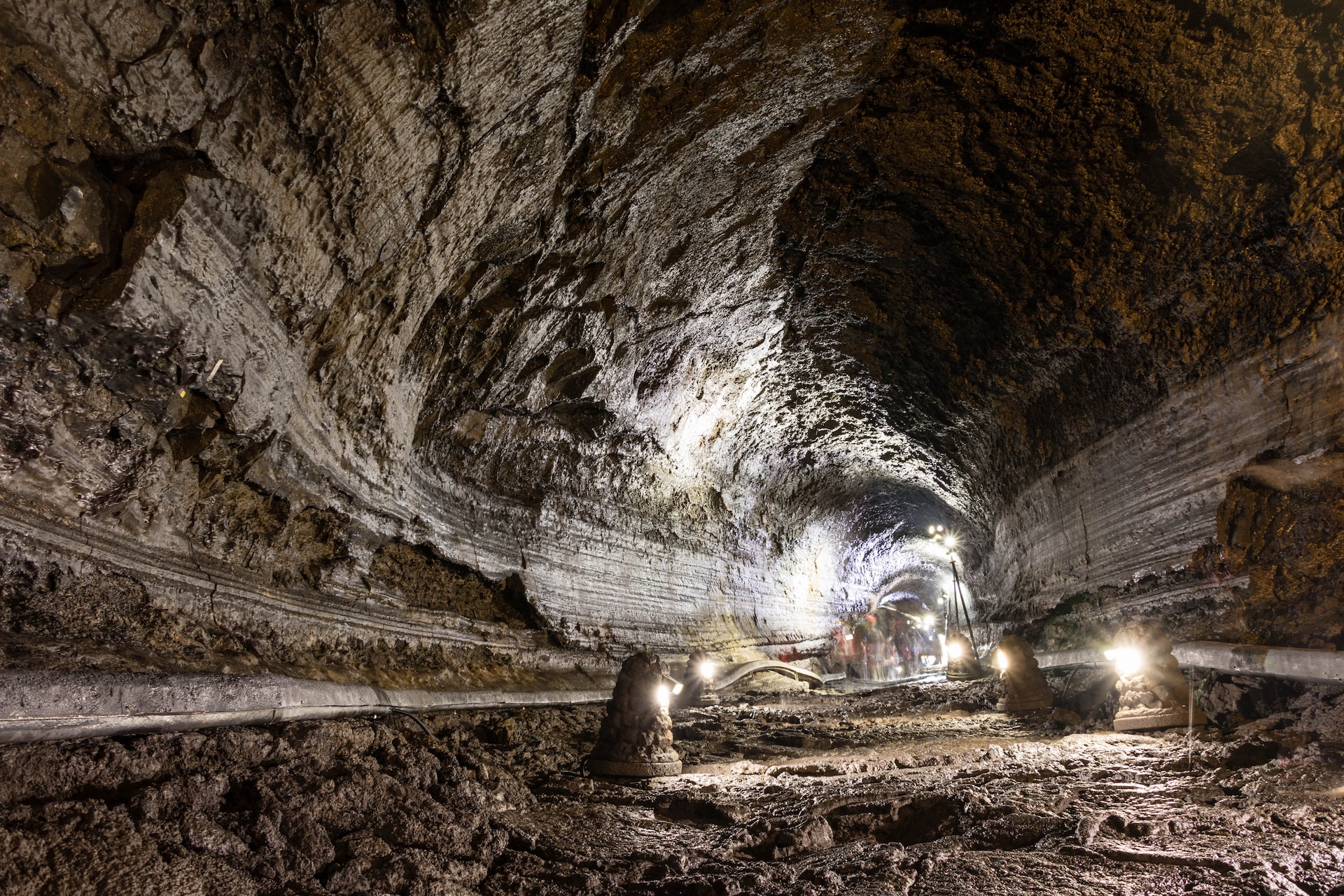
Unearthing the Environmental Consequences of Uranium Mining
We are reader-supported. When you buy through links on our site, we may earn affiliate commission.
Uranium, a naturally occurring radioactive element, has long been a critical resource for nuclear power generation and various industrial applications. The demand for uranium has led to the development of uranium mining across the globe. While we often praise nuclear energy for its low greenhouse gas emissions and potential to combat climate change, the environmental impact of uranium mining is still a topic that deserves serious consideration.
The Uranium Mining Process
Uranium mining typically involves the extraction of uranium ore from the Earth’s crust, followed by processing to obtain uranium concentrates, known as yellowcake. The most common mining methods are open-pit and underground mining, each with its own set of environmental challenges.
Kazakhstan is the largest producer of uranium by a large margin, with at least two-thirds of global uranium production coming from Kazakhstan mines. Canada, Namibia, Australia and Uzbekistan are also significant uranium producers.
What Is Uranium Used For?
This heavy metal has various important applications, the most prominent being its use as fuel in nuclear reactors for electricity generation. When uranium undergoes controlled nuclear fission reactions, it releases a tremendous amount of energy, which we can use to produce electricity.
This process forms the foundation of nuclear power generation, providing a significant low-carbon energy source worldwide. Beyond electricity generation, we also use uranium to produce medical isotopes for diagnostic and therapeutic purposes in health care. It’s also used in scientific research, particularly for radiometric dating, to determine the age of ancient materials. Additionally, uranium has military applications, primarily in producing nuclear weapons, making it a strategically significant element in geopolitics.
While its uses are diverse, its most critical role lies in generating clean and reliable electricity, contributing to the world’s energy mix while addressing the challenge of climate change.
Why Is Uranium So Important?
Climate change is becoming increasingly concerning, and more businesses, governments and consumers are turning to cleaner energy sources. Nuclear power plants produce a large amount of electricity with low greenhouse gas emissions, making them a key component of green energy generation and a valuable tool in addressing the climate crisis.
Nuclear power also provides a stable and consistent electricity supply, unlike some renewable energy sources, like wind and solar, that depend on weather conditions. This reliability is vital for maintaining the stability of energy grids. Nuclear energy is currently the most reliable energy source in the U.S.
As the world seeks to transition to a more sustainable and low-carbon energy future, uranium remains an essential resource. Continued research and development in nuclear technology may lead to advanced reactors that are even more efficient and safer.
The Environmental Impact of Uranium Mining
Habitat Disruption
Open-pit mining can result in massive land disturbances, including removing topsoil and vegetation, which disrupt local ecosystems. Underground mining, while less visibly destructive on the surface, can still lead to habitat disruption and groundwater contamination.
Water Contamination
Uranium mining can contaminate surface and groundwater with heavy metals, radioactive materials and toxic chemicals used in the extraction process. These pollutants threaten aquatic ecosystems and can migrate beyond the mining site, affecting nearby communities.
Air Pollution
Dust and radon gas emissions are common byproducts of uranium mining, posing health risks to workers and nearby residents. Radon is a radioactive gas that can accumulate in poorly ventilated spaces, increasing the risk of lung cancer.
Tailings Management
Tailings are the waste materials left behind after extracting uranium from ore. Managing these tailings poses a significant environmental challenge. If not properly contained and treated, radioactive tailings can leach into the surrounding environment, contaminating soil and water.
Radioactive Waste
The entire uranium mining process generates radioactive waste, from mining residues to contaminated equipment and infrastructure. This waste disposal and long-term management require stringent controls to prevent environmental contamination.
Mitigation Strategies
Stringent Regulations
Strict regulations are a fundamental component of mitigating the environmental impact of uranium mining. Governments and regulatory bodies must enact and rigorously enforce rules that govern all aspects of uranium mining, from exploration to decommissioning. The regulations should cover everything from environmental impact assessments to waste management practices, ensuring that mining companies adhere to the highest ecological standards. Mining operators should also require adequate financial assurances to cover potential cleanup costs and environmental restoration, providing a financial incentive for responsible mining practices.
Improved Mining Techniques
Advancements in mining technology can reduce the environmental impact of uranium mining. Mining companies should invest in research and development to develop and adopt more eco-friendly techniques. For instance, in-situ leach mining involves injecting a leaching solution into the ground, reducing surface disturbances and minimizing habitat disruption. Similarly, innovative drilling methods and automation can improve efficiency while reducing the ecological footprint of mining operations.
Proper Tailings Management
Proper tailings management is a crucial aspect of mitigating the environmental consequences. Mining companies should employ state-of-the-art tailings management practices, including constructing tailings ponds with robust liners to prevent leakage and regular monitoring for any signs of contamination. Advances in tailings management technologies, such as dry stacking, offer potential solutions to minimize environmental risks by reducing the volume of water and potential pollutants.
Appropriate Dust Management
Controlling dust is essential to safeguard environmental and community health. To address this issue, mining companies should implement effective dust management strategies.
One approach is using dust suppression measures, like water spraying systems and dust control chemicals, to reduce the dispersion of dust particles into the air during mining. These measures can help minimize workers and nearby residents inhaling harmful dust. Proper ventilation and air quality monitoring within underground mining operations are essential to reduce the radon gas and dust concentration in enclosed spaces. Adequate ventilation systems can improve worker safety and minimize the release of radioactive dust into the atmosphere.
Responsible Waste Disposal
Effectively disposing of radioactive waste generated throughout the uranium mining process is paramount. Long-term solutions, such as geologic repositories located deep underground, should be established to safely store radioactive waste, isolating it from the environment and reducing the risk of contamination. These repositories must meet rigorous safety standards and undergo continuous monitoring to ensure containment integrity.
A More Sustainable Path Forward
Uranium mining is a crucial component of nuclear energy production, but it has significant environmental consequences that we can’t ignore. Strict regulations and disposal methods are essential to harness the benefits of nuclear power while minimizing its negative impacts. A balanced approach that prioritizes environmental protection alongside energy production is vital in our pursuit of sustainable and clean energy sources.
Share on
Like what you read? Join other Environment.co readers!
Get the latest updates on our planet by subscribing to the Environment.co newsletter!
About the author
Steve Russell
Steve is the Managing Editor of Environment.co and regularly contributes articles related to wildlife, biodiversity, and recycling. His passions include wildlife photography and bird watching.





